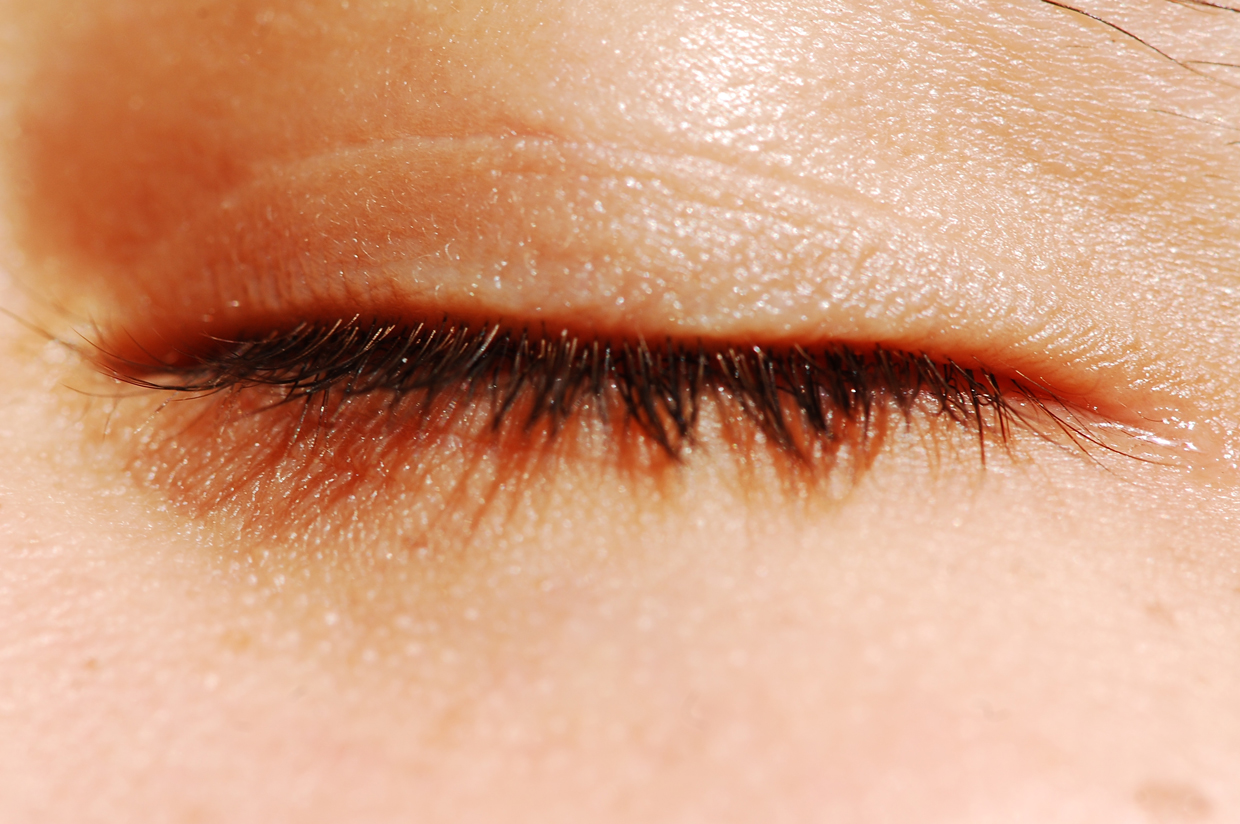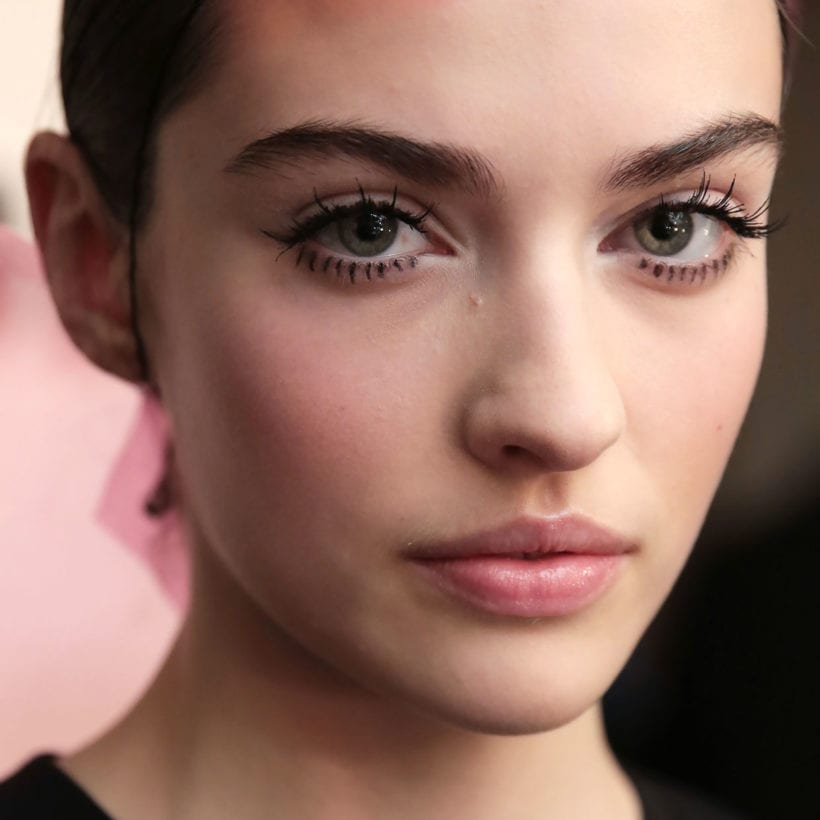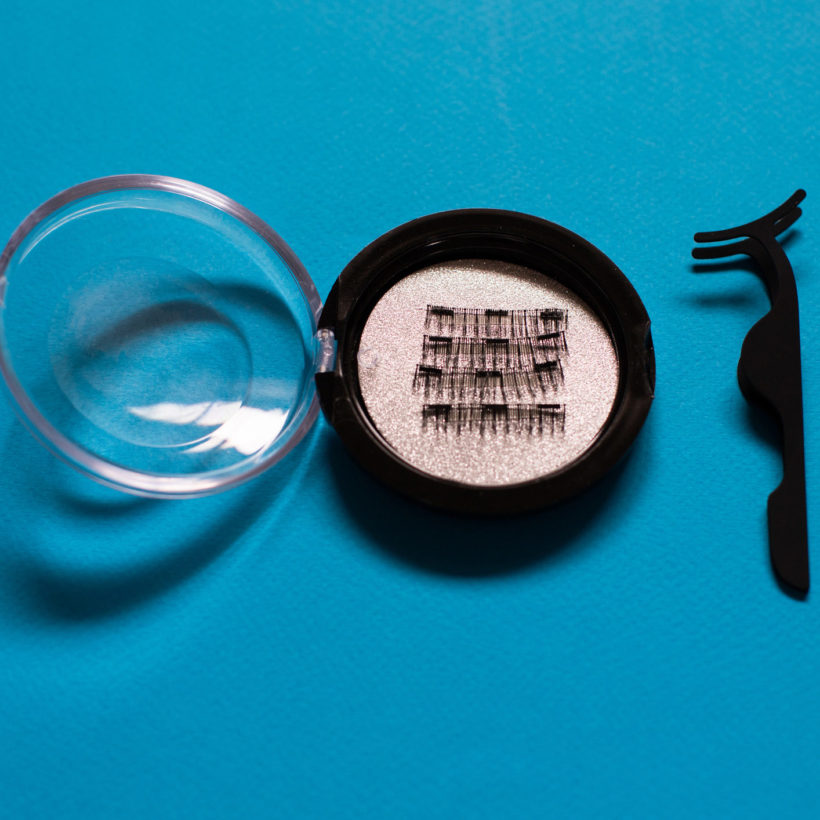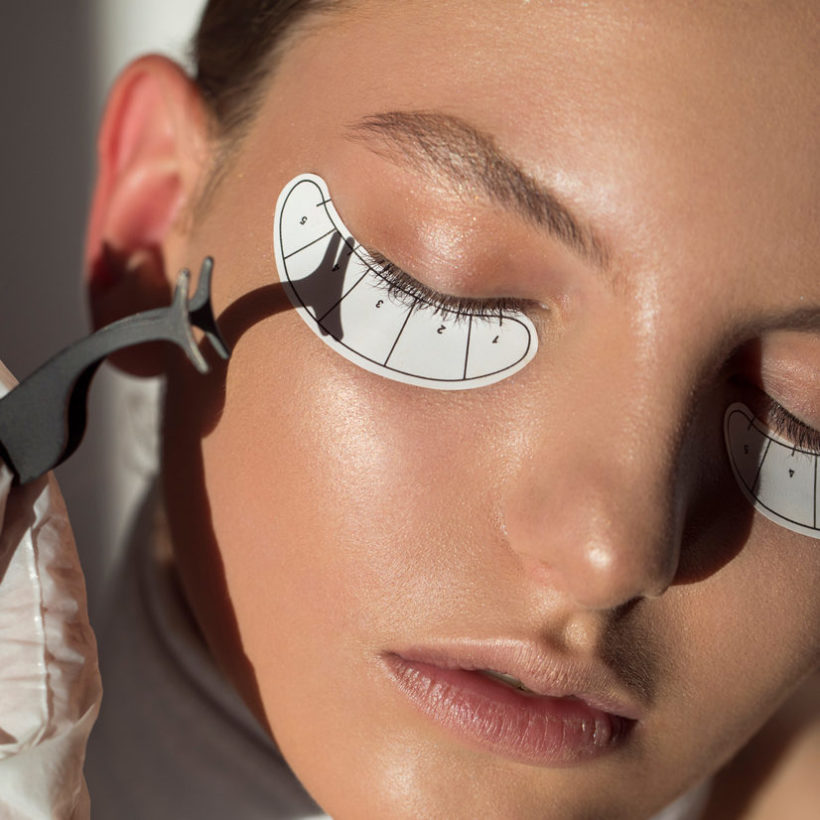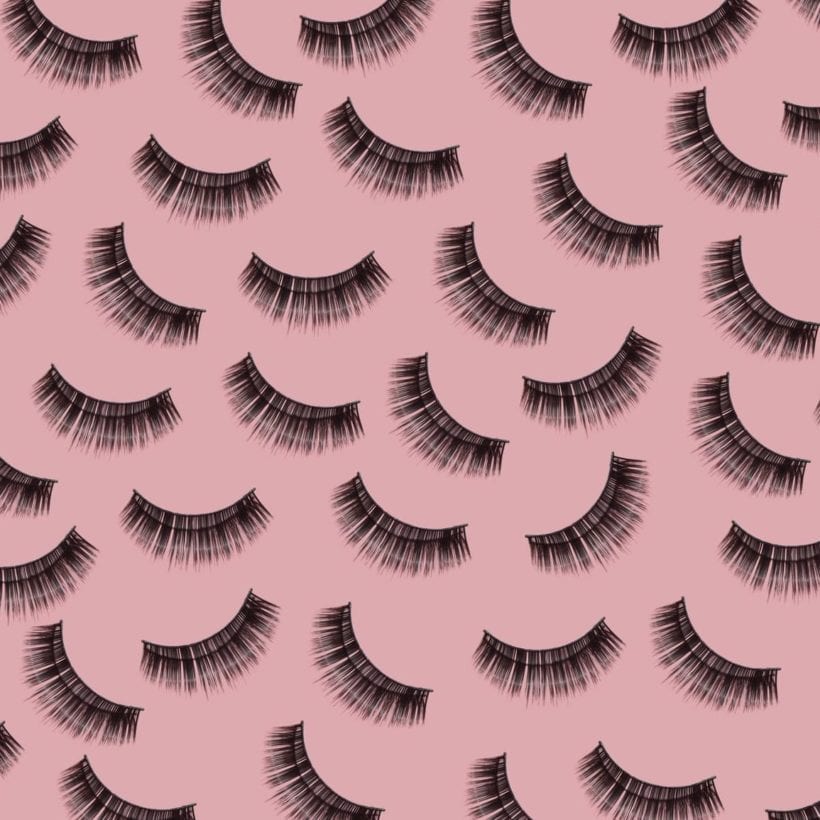Ever since lash growth products burst onto the beauty scene, there’s been a nonstop bombardment of serums, oils, mascaras, and more that claim to encourage longer, stronger, thicker, and darker lashes. But with so many options to choose from — we’re talking prescription-strength ones versus over-the-counter ingredients and formulations, too — how’s a girl (or guy) supposed to decipher which enhancers work best for each target issue and if they really work? Stat about lashes, so we turned to the experts for the lowdown on how these lash lengthening products — which have become a mainstay as the eyes remain a focal point due to mask-wearing — work and the ones that are worth dropping some hard-earned cash on. Keep reading to find out.
Meet the Experts
Dr. Jeannette Graf is a board-certified dermatologist and Assistant Clinical Professor of Dermatology at Mount Sinai School of Medicine in NYC.
Dr. Dean Vistnes is a co-founder and medical director at SkinSpirit.
Dr. Diane Hilal-Campos is a board-certified ophthalmologist and founder of twenty/twenty beauty.
Dr. Marisa Garshick is a leading board-certified dermatologist serving patients throughout Manhattan, New York at MDCS Dermatology: Medical Dermatology & Cosmetic Surgery, as well as an assistant clinical professor of dermatology at Cornell - New York Presbyterian Medical Center.
Lash Basics 101
“Ever since I can remember, the motto for eyelashes has always been ‘the bigger, the better’,” says Dr. Jeannette Graf, a board-certified dermatologist and Assistant Clinical Professor of Dermatology at Mount Sinai School of Medicine in NYC. While trends have come and gone — in the 1700s, it was all about using charcoal, and the early 1900s saw the first iteration of glue-on false lashes — one thing remains the same: women have an underlying desire for longer, thicker, fuller lashes, which Dr. Graff says is an indication of attractiveness, youth, and health.
But unfortunately, so many of us can’t achieve the length or volume we want naturally, and that’s where lash-enhancing serums come into play.
Like the hair on our heads, our eyelashes can become affected by damage and break, thin out, and even turn gray. They, too, follow a growth cycle pattern, which slows as we get older. The hair growth cycle consists of growing, transitioning, resting, and shedding. When the lashes are actively growing, they look their healthiest and may even be at their maximum length.

How They Work
The world of lash enhancers may seem daunting, but truth be told, there are only two types: prescription-strength ones, like Latisse, and over-the-counter lash serums. The differentiating factor between the two is the ingredients employed.
Prescription lash serums, which are proven to work, contain the only FDA-approved form of prostaglandin, known as bimatoprost, which prolongs the growing phase of the lash growth cycle. Dr. Dean Vistnes, co-founder and medical director at SkinSpirit, explains that prostaglandins are natural compounds in the body made of fats that have hormone-like effects and lengthen the growing phase of the hair. “Because these treatments extend the time a lash stays in the growth phase, people tend to notice more hairs that are longer, thicker, and darker,” he says. Whereas Latisse contains bimatoprost, over-the-counter lash serums contain a combination of ingredients, including prostaglandin analogs, peptides, vitamins, oils, or natural extracts.
Long before any product used bimatoprost for the lashes, it was (and still is) the main ingredient in eye drops for glaucoma. “Eyelash growth was a side effect of these drops used for the treatment of the eye disease glaucoma,” explains Dr. Diane Hilal-Campos, a board-certified ophthalmologist and founder of twenty/twenty beauty. “Allergan, the maker of one of these eyedrops with bimatoprost, decided to repurpose it for eyelash growth and market the medication as Latisse, a prescription eyelash growth serum,” she adds. Other companies made ‘cousins’ to bimatoprost, known as prostaglandin analogs, which Dr. Hilal-Campos says are technically ingredients in the same class. “But because these were not glaucoma medications before being marketed as a serum, these versions are not FDA regulated and can be sold over the counter as an eyelash serum,” she says.
Over-the-counter lash serums typically contain a prostaglandin analog, like isopropyl cloprostenate, and/or peptides, vitamins, oils, or natural extracts. “They are also cosmetically labeled and may not have been clinically tested or proven to work,” cautions Dr. Graf. If you’re not ready to take the plunge with a prescription, an over-the-counter serum is a good starting place. But if you have tried an OTC product and it did not provide the results you are looking for, Dr. Marisa Garshick, a board-certified dermatologist, says to consider the prescription and discuss with your dermatologist if you are a good candidate.
Numerous ingredients are effective in lash-enhancing serums and offer noticeable results, including biotin, peptides, panthenol, hyaluronic acid, and castor oil, amongst others.

- Castor oil is a safer alternative to some of the riskier prostaglandin analogs without any of the side effects. “Castor oil contains an essential fatty acid, ricinoleic acid, that binds to a different receptor (the EP3 receptor) found in the vascular endothelium of the blood supply to the lash follicle,” Dr. Hilal-Campo says. “This stimulates growth by taking the follicle from the resting to the growth phase. Castor oil is also used regularly by ophthalmologists to help quell symptoms of dry eye, and because of these benefits, I formulated my lash serum, Get Growing, with castor oil instead of any risky PGAs,” she adds.
- Biotin, a key ingredient in Lily Lashes Level Up Serum, is a B vitamin that helps strengthen keratin bonds in lash hair.
- Other power-packed ingredients include hyaluronic acid, peptides like in The A Method® by Tina Alster, M.D. 24K Gold Eyelash & Eyebrow Growth Accelerator Serum, and panthenol in Revitalash, which are water-binding agents and coat the lashes to give a thicker appearance.
- CBD is everywhere in beauty products, so it comes as no surprise that it’s made its way into the lash category. Vegamour GRO+ Advanced Lash Serum is one of the few serums that counts full-spectrum CBD as a hero ingredient to create thicker lashes.
What Else You Need to Know
If redness, itching, or burning occur, stop using the product altogether. Also, if you start to notice the irises darkening, it’s best to avoid using the serum, too. Dr. Graff says darkening of the eyes can happen if a product contains certain prostaglandins, mainly latanoprost, isopropyl unoprostone, travoprost, or bimatoprost. “Studies were originally done on glaucoma drops containing prostaglandins and found that they could result in the darkening of the irises in people with hazel, green, and light brown eyes,” she says. Although the side effect is rare, it is important to be aware of it, and always use a serum properly since there is no guaranteed way to prevent or reverse it. In addition, Dr. Hilal-Campo warns of the potential for other side effects from prostaglandin analogs, like eyelid darkening and fat atrophy around the eye.
Not sure if a product will work for you? Dr. Graff says to check OTC serums and see if they are physician formulated and ophthalmologist tested for safety — one she likes is LiLash Purified Eyelash Serum — and if it has been on the market for an extended period. There are also lash conditioners, like Grande Cosmetics GrandeREPAIR Leave-In Lash Conditioner and by jordan michelle primer extender, that double as a lash primer before applying mascara to enhance a serum’s effect.
Consistency is key here, and if you aren’t diligent about using a serum every night without fail, then the results will most likely be subpar. Dr. Vistnes explains that it takes time for eyelashes to grow — usually about eight weeks of the regular application for the lashes to appear noticeably longer, thicker, and darker. “Once you are in “maintenance” mode, you may be able to get away with using a serum four nights per week rather than every night,” he says.
Mascaras With Growing Powers
Basic mascara is, well, just basic even though it’s always been the go-to for quickly and temporarily darkening, volumizing, and lengthening lashes. These days, it’s all about multitasking, multipurpose lash products, and mascara, as you know it, has received some significant upgrades. So, if long-lasting length, volume, and thickness are at the top of your lash lust list, try these on for size.

The newest one is Wander Beauty’s Upgraded Lashes Treatment Mascara, an inky black, whipped buildable formula that gives instant length and drama while simultaneously promoting thicker, fuller, and longer lashes in just two weeks. The proprietary Widelash formula, which boasts a combination of panthenol and Biotinyl-GHK, together with copper peptides, is applied to limp lashes through a superbly-designed silicone wand for a clump-free look regardless of the number of coats. Dr. Garshick says, “this mascara is the perfect multitasker. It provides the daily benefit of mascara but also works to improve the length, thickness, and fullness of the lashes, using key ingredients, which boost collagen and improve lash length, thickness, and volume.” As a result, eyelash loss decreased by nine lashes after one month.
Other favorites include Talika Lipocils Mascara, a 70-year-old French formula beloved for its ability to provide length, volume, color, and curl to the lashes both instantly and long-term thanks to a botanical complex that infiltrates the lash fiber to improve its health and appearance, and Vasanti Cosmetics Eye Smile Mascara, a water-resistant, clump-free mascara that needs just one application to achieve darker, longer lashes.
We only recommend products we have independently researched, tested, and loved. If you purchase a product found through our links, Sunday Edit may earn an affiliate commission.
